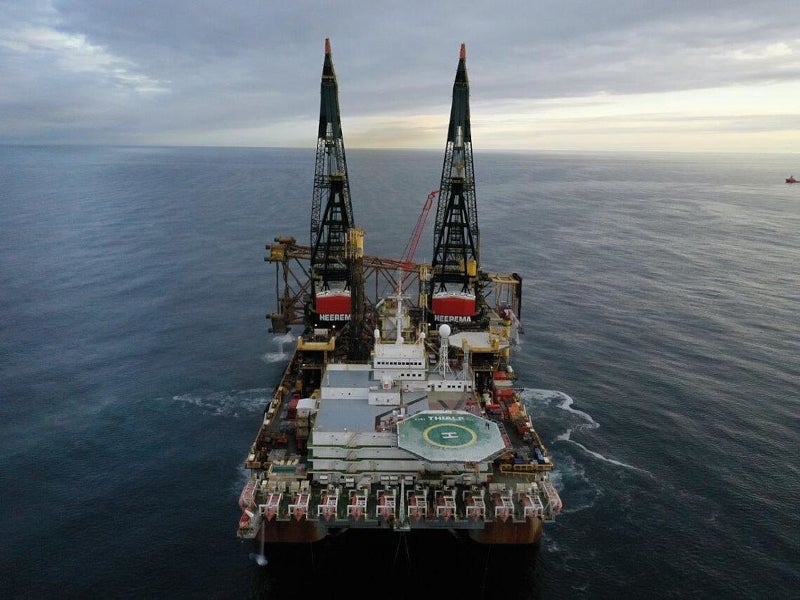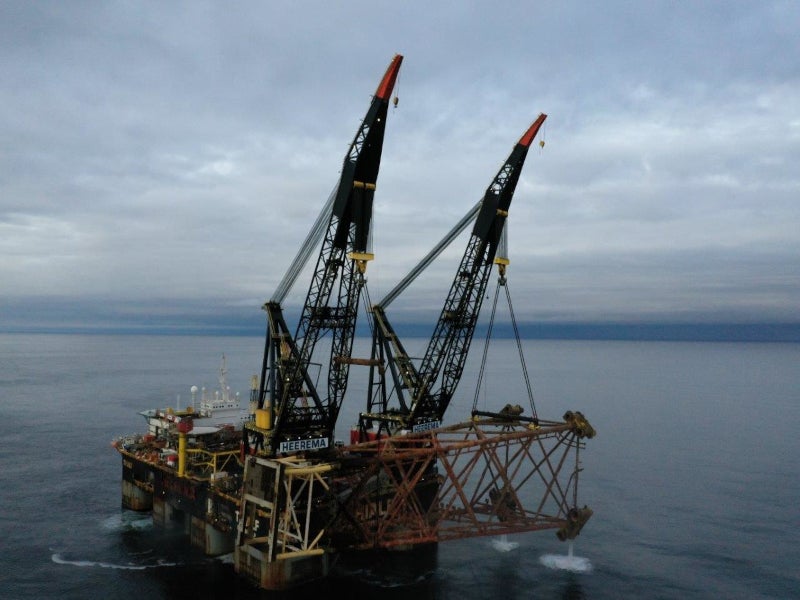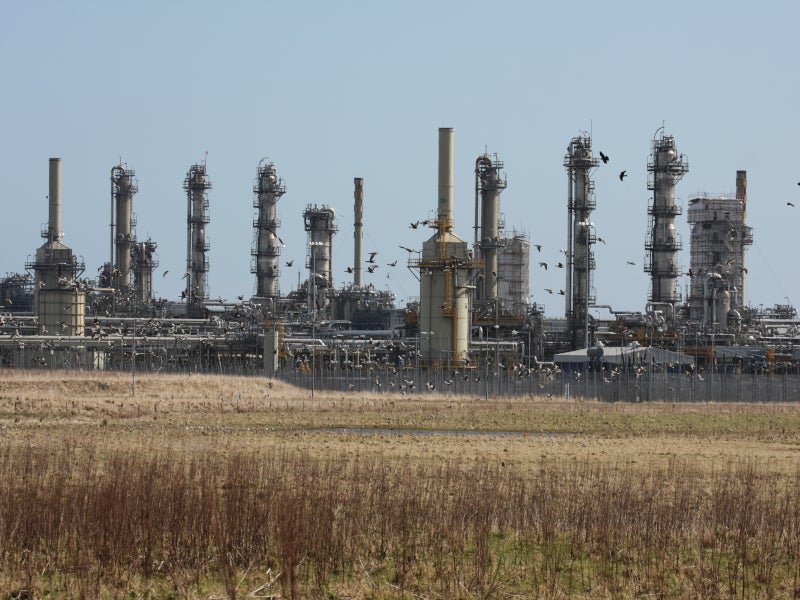The Goldeneye gas condensate field, which is located at a water depth of 120m in the UKCS Block 14/29a in the central North Sea, approximately 100km north-east of the St Fergus gas processing plant, will be decommissioned as it reached the end of its production life.
The field is operated by Shell UK (49.1%) together with the license holders Esso Exploration and Production UK (40.4%), Endeavour Energy UK (7%) and Spirit Energy Resources (3.5%).
Production from the field had started in 2004 and was shut-in in February 2011. The assessment for the cessation of production, submitted to the Department for Business, Energy and Industrial Strategy (BEIS), was approved in March 2011.
Shell submitted a decommissioning programme for the Goldeneye field platform and pipelines to the BEIS in October 2018 and the same was approved in November 2019.
Goldeneye gas condensate field details
The Goldeneye field is a normal temperature, normal pressure gas condensate field developed with five producer wells. The wells were connected to a normally unattended installation (NUI) made of a four-legged steel jacket substructure supporting an integrated topsides deck. The NUI was completely controlled by Shell’s St. Fergus control room.
In addition to production, the NUI also supported fiscal metering, basic utilities, and temporary accommodation facilities for up to 12 individuals. A subsea isolation valve is located approximately 100m from the platform.
The production from the platform was being transported to the dedicated Goldeneye onshore facility located at the Shell St. Fergus gas terminal via a 102km-long and 20in-diameter Goldeneye export pipeline.
Another 102km-long and 4in-diameter pipeline supplied hydrate inhibitor from the St Fergus plant to the wellheads.
Goldeneye gas condensate field decommissioning details
The decommissioning activities at the Goldeneye field are being carried out in four phases. Bulk hydrocarbons were removed and the pipeline was cleaned and filled with inhibited river water in 2012 in the first phase while the platform wells were plugged and abandoned in the second phase in 2018.
The NUI was converted into a permanently unattended installation (PUI) platform in the same year. The power generators were disconnected and electrically isolated while the fire protection systems were drained and discharged.
The third phase involving the disconnection and removal of the wellhead platform was completed in October 2021 using Heerema’s Thialf, a semi-submersible crane vessel.
The topside weighing 1,280 metric tons (t) was removed in a single lift, while the jacket structure weighing 3,019t was removed after cutting skirt piles to a depth of 3m below seabed using Deco Subsea’s internal abrasive water jet cutting techniques.
Both the structures were transported to the AF Environmental Base in Vats, Norway, for recycling and reuse. Approximately 97% of the material from the structures is expected to be recycled.
The subsea infrastructure, including subsea isolation valve, pipeline connection spools, and risers will be removed and transported to a yard for dismantling while the pipelines will be decommissioned and remediated within the Goldeneye region in the last phase.
Several types of vessels including guard vessels, barge, heavy lift vessels, survey vessels and ROV support vessels will be used during the decommissioning.
Removal of additional structures
The exposed pipeline stabilisation systems at the field, including approximately 100 concrete mattresses and 700 grout bags, will be removed, except those required for the stabilisation of the pipelines.
Steel piles attached to the jacket and the subsea isolation valve unit will also be removed.






